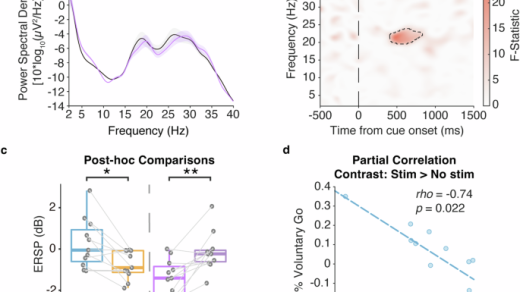
WATCH TIME: 4 minutes
Welcome to this special edition of Neurology News Network. I’m Marco Meglio.
Takeda has announced positive data from its phase 3 FirstLight (NCT06470828) and RadiantLight (NCT06505031) studies of patients with narcolepsy type 1 (NT1), with results showing that investigational oveporexton (TAK-861) met all its primary and secondary end points. Based on these findings, the company plans to submit a new drug application to the FDA for oveporexton, an oral orexin receptor 2 (OX2R)-selective agonist, as a treatment for NT1. FirstLight and RadiantLight, 2 multicenter, placebo-controlled studies, featured 168 and 105 patients with NT1, respectively, using change in Maintenance Wakefulness Test (MWT) as the primary end point. Conducted across 19 countries, FirstLight included a high-dose, low-dose, and placebo arms, whereas RadiantLight included only high-dose and placebo arms. All told, over the 12-week trials, treatment with oveporexton led to statistically significant improvements in excessive daytime sleepiness, reflected in MWT change, relative to placebo (P <.001).
Recently announced data from the phase 2 MINDFuL trial (NCT05318976) showed that treatment with XPro (INmune Bio), an investigational tumor necrosis factor (TNF) inhibitor, failed to show an effect in the modified intent-to-treat population (mITT); however, the agent led to key changes in clinical measures of cognition, behavior, and an Alzheimer disease (AD)-related biomarker in a predefined analyses. Additional analyses from the study are expected to be presented at the upcoming Alzheimer’s Association International Conference (AAIC), held June 27-31 in Toronto, Canada. The double-blind, placebo-controlled study included 208 participants with early-stage AD with biomarkers of elevated neuroinflammation, 200 of which made up the mITT. Within the mITT group, investigators failed to observe a statistically significant difference vs placebo in the primary end point of Early Mild Alzheimer’s Cognitive Composite (EMACC), an assessment of cognition. The more positive changes came within a subgroup of patients (n = 100) with 2 or more biomarkers of inflammation.
A longitudinal study of more than 42,000 participants revealed that individuals who consume more ultraprocessed foods (UPFs) had higher odds of developing nonmotor prodromal Parkinson disease (PD) features, such as constipation, REM sleep behavior disorder (pRBD), and excessive daytime sleepiness (EDS), among others. Investigators concluded that more data is needed to see whether lowering UPF consumption may prevent the occurrence of nonmotor symptoms that often precede PD diagnosis. The analysis, comprising patients (n = 42,853) without a history of PD from the Nurses Health Study (NHIS) and Health Professionals Follow-Up Study (HPFS), collected data on UPF consumption from 1984-2006 through food frequency questionnaires. Led by Xiang Gao, MD, PhD, Distinguished Professor and Dean of Institute of Nutrition, Fudan University, data on pRBD and constipation was collected in 2012, while 5 additional nonmotor features were added and evaluated between 2014 and 2015 in a subset of patients. Published in Neurology, the primary outcome was the combination of all 7 prodromal features and further categorized as 0 (reference), 1, 2, and at least 3 features.
For more direct access to expert insight, head to NeurologyLive.com. This has been Neurology News Network. Thanks for watching.


